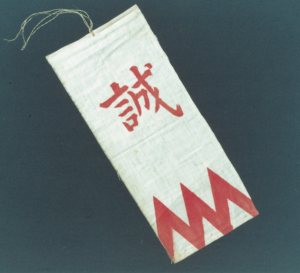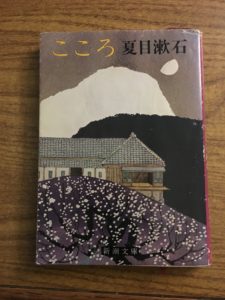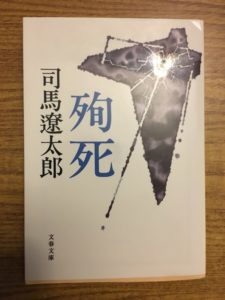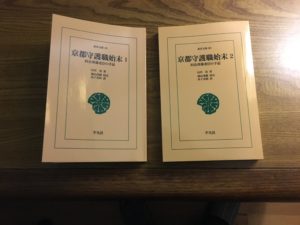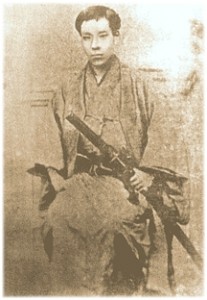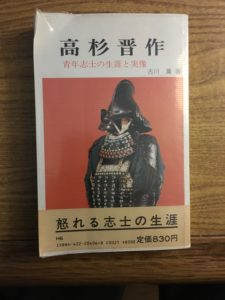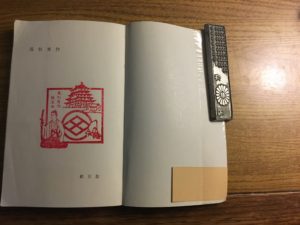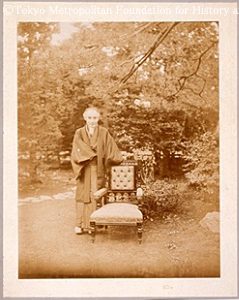
“I know that when the price goes up, it’ll eventually go back down. When the price goes down, it’ll eventually go back up. And it never takes more than ten years for the market price to rise and fall. So, if I see that the price for me is down, all I need do is hunker down and wait a while—and sure enough it’ll rise again.” (In Hikawa Seiwa, as translated in Samurai Revolution)


